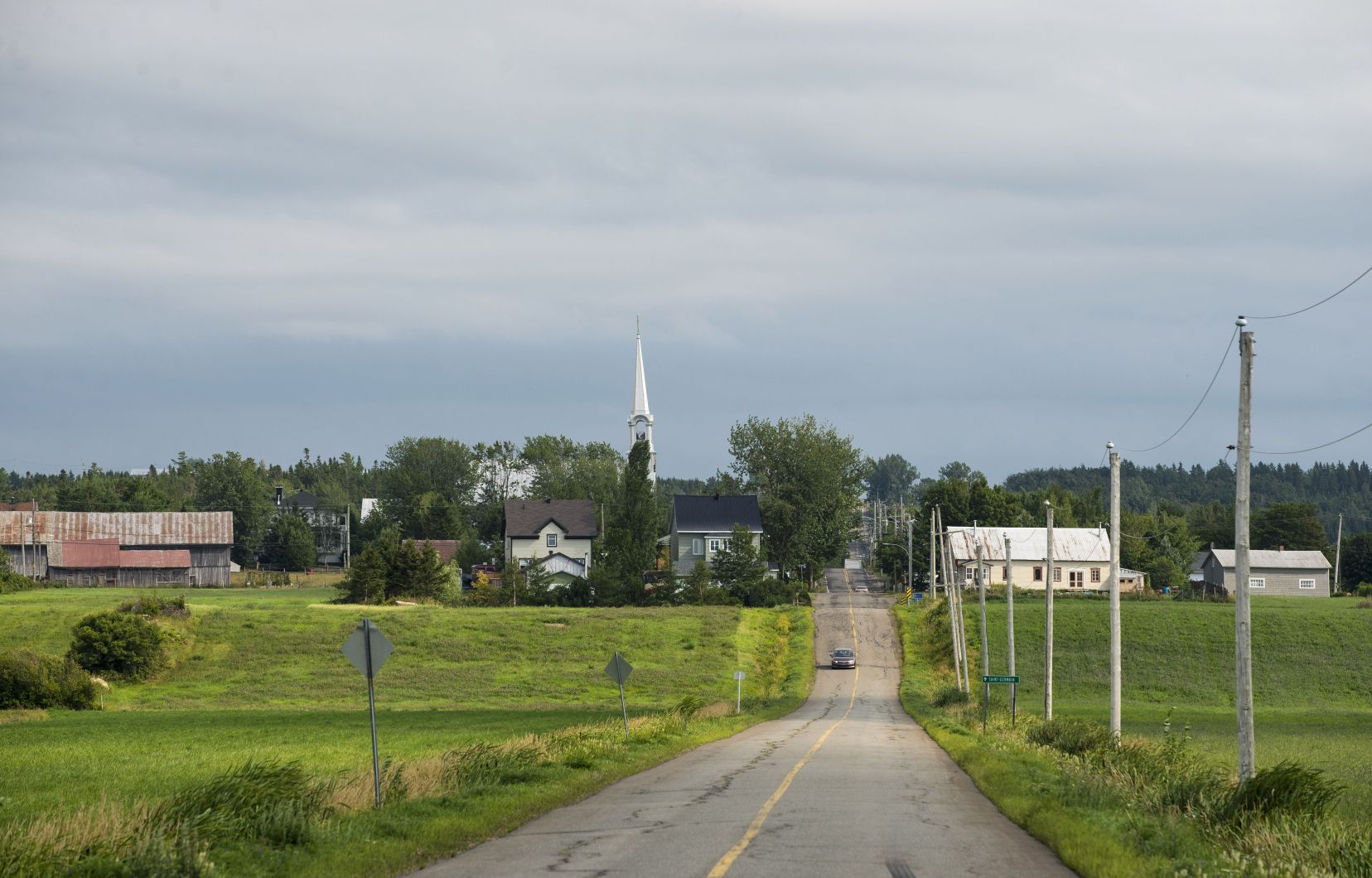Modern Quebec has intensified the development of its territories. The State had first instituted the municipal system in 1855 for the public management of collective goods. The centripetal dynamic then stimulated by industrialization propelled the urbanization rate from 15% in 1851 to 80% in 1961. During this period, centrifugal forces were sustained towards the periphery (Saguenay–Lac-Saint-Jean, 1838; Témiscamingue, 1870; Abitibi, 1890; Côte-Nord, 1950), which, with the historic Gaspésie and Bas-Saint-Laurent, saw its ratio of the population of Quebec increase from 7% to 17%. However, since 1960, demography has stagnated on the periphery. Its ratio within the increasingly populous Quebec as a whole fell back to 10% in 2021. It will likely reach 7% in 2050, despite an increasing volume of natural resources extracted and delivered. The territorial policy of the Quebec model is failing to correct this imbalance.
In fact, a progressive territorial reform was launched during the Quiet Revolution. To this end, a hierarchy of targeted poles was first established to order the location of services, administrations, public facilities in education, health, transportation, and recreation. In fierce competition with Toronto as a Canadian metropolis, Montreal was looking for structuring actions to continue its role as the main growth pole in Quebec. Expo 67, the Olympic Games (1976), cultural facilities, highways, and Mirabel airport were among the projects.
Since then, Montreal has continued to strengthen itself. While the secondary, tertiary and quaternary poles benefit from their consolidation through a successful movement of municipal mergers until the 2002 act. Ultimately, the number of local municipalities was reduced by a third, despite the demerger of Greater Montreal in 2004. Quebec currently has 1,131 municipalities, 63% of which have a population of less than 2,000 inhabitants and therefore few resources.
Success
Furthermore, the administrative regions were divided up in 1968 as the basis for decentralized ministerial agencies to better manage national programs according to specific territorial conditions. A success. Regionalism reached its zenith during the 1980s. However, it was cooled by Quebec and by the resistance of voluntary municipalities very jealous of their power.
The State has instead relied on the level of MRCs (regional county municipalities) as supralocal management areas. Local elected officials were made responsible for land use planning and urban development according to an urban-rural marriage logic. Despite its imperfections, this is another success. MRC schemes make it possible to control land use by protecting the environment, while generating development projects to be carried out.
The 1990s and 2000s were a high point for local development. Through various independent bodies, Quebec focused on entrepreneurship, risk financing, community organization, worker employability, the social economy, incubation of initiatives, and planning. Good results were achieved, but without compensating for the loss of territorial attractiveness of mega-private and public assets.
For several decades, territorial policy has targeted specialized areas, also called clusters or niches. This sectoral strategy adopted by highly industrialized countries generates few structuring effects in Quebec outside of large urban centers. While support for industry is essential, the relevance of these areas becomes questionable.
After seven decades of experimenting with explicit territorial policies, Quebec would be well advised to focus on what has worked well and very well. It appears that thanks to the feelings of identity that facilitate interaction and solidarity, local and supralocal territories generate interesting proximity effects through collaboration between independent actors who participate together, albeit still imperfectly, in supporting innovation and development. Quebec’s various programs regarding technology transfers, research and development, professional training, etc., thus benefit from synergies generated by the territorialized actions of organized civil society, the private sector and municipal elected officials.
